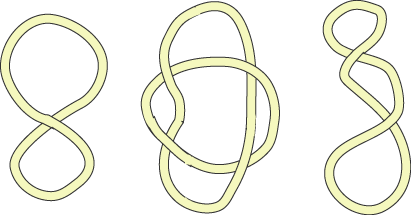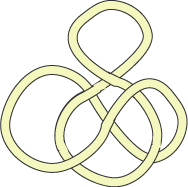Skip over navigation

You can see how many loops of string were used to make these string patterns because the strings are different colours.
In the next pictures can you work out how many loops were used?

How many pieces of string do you need to make this string pattern?

Can you explain how you decided?
Here is a pdf of the string images which you could print off if you find it easier to work on paper.


Or search by topic
Number and algebra
Geometry and measure
Probability and statistics
Working mathematically
Advanced mathematics
For younger learners
How Many Pieces?
Age 5 to 7
Challenge Level 





- Problem
- Getting Started
- Student Solutions
- Teachers' Resources
How Many Pieces?

You can see how many loops of string were used to make these string patterns because the strings are different colours.
In the next pictures can you work out how many loops were used?

How many pieces of string do you need to make this string pattern?

Can you explain how you decided?
Here is a pdf of the string images which you could print off if you find it easier to work on paper.
If you enjoyed this problem, you might like to have a go at How Many Pieces This Time?
Why do this problem?
This problem has potential in several different ways. You could focus on visualisation - asking the children to try and decide whether the patterns are made from more than one piece of string simply by looking.
Alternatively, you could make this a more practical task and encourage your class to recreate the patterns using prepared loops (large elastic bands could be useful perhaps, or bits of ribbon/string/thread tied into loops).
Here is a pdf of the string images which you could print off for the children to use.
Key questions
Can you explain how you decided on the number of loops there are?
What happens when you choose a starting point and follow the string from there?
Would it help to use a coloured pencil?
Possible extension
Learners could go on to How Many Pieces This Time?Possible support
Suggest using this sheet to follow round the pieces of string with a coloured pencil.You may also like
Four Triangles Puzzle
Cut four triangles from a square as shown in the picture. How many different shapes can you make by fitting the four triangles back together?
A City of Towers
In this town, houses are built with one room for each person. There are some families of seven people living in the town. In how many different ways can they build their houses?

